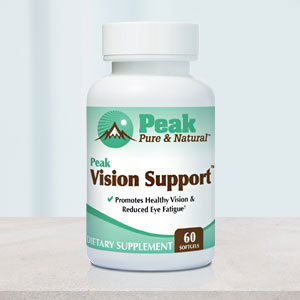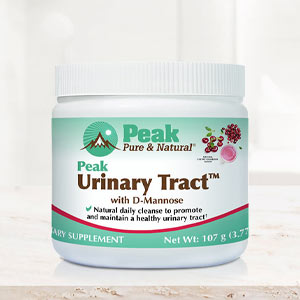My Plate is the official U.S. government guide for how to eat a healthy, balanced diet.
It includes recommended amounts of fat, saturated fat, protein, carbohydrates, salt and fiber, and recommendations on intake of fruits, vegetables, grains and protein sources.
In the United Kingdom, My Plate’s counterpart is known as The Eatwell Guide.
But there’s a catch with guides like these: they leave it up to us to decide whether we get these dietary building blocks from. And the choices run the gamut, from processed, ultra-processed or minimally processed foods to whole foods.
This choice is significant if you’re trying to lose weight.
A British study has proven that one option is twice as effective as the other when it comes to meeting that goal. I’ll give you one guess…
The foods that won’t help with weight loss
A clinical trial led by researchers at University College London and UCL Hospital found that people eating minimally processed foods lost twice as much weight as those on diets eating ultra-processed foods.
This real-world study is the longest experimental study of an ultra-processed diet to date.
In it, 55 adults were split into two groups. One group started with an eight-week diet of MPF, such as overnight oats or homemade spaghetti Bolognese. After a four-week ‘washout’ period during which participants went back to their regular diet, they switched to a diet of UPF, such as breakfast oat bars or a lasagna ready meal. The other group completed the diets in the opposite order.
Both diets adhered to the Eatwell Guide in terms of intake of fat, protein, salt, fiber, etc., and both groups could eat as much as they wanted of fruits and vegetables.
At the end of the eight weeks, the MPF group lost twice as much body weight (2.06%) as the UPF group (1.05%).
And in case you’re thinking, “Oh, they probably lost muscle, not fat,” think again. The greater weight loss experienced on the MPF diet came from reductions in fat mass and total body water, with no changes in muscle mass.
Minimally processed foods for the win
Before I get into how to help you determine the differences between UPF and MPF, I want to share some other interesting findings from this study…
If you’ve ever dieted to lose weight, you know cravings alone can sabotage your best efforts. But MPF actually squashed cravings.
The participants completed several questionnaires during the study. When all the results were tallied, there were significantly greater improvements in the number of cravings and ability to resist them (craving control) on the MPF diet than on the UPF diet.
Specifically, on the MPF diet, participants reported:
- A two-fold greater improvement in overall craving control;
- A four-fold greater improvement in craving control for savory food;
- And an almost two-fold greater improvement in resisting whichever food they most craved.
If you read my recent article on The Food That Won’t Let You Outrun Obesity, you may already know that UPF has the opposite effect. Researchers surmise that the energy density, nutrient composition and appearance of UPF disrupt hunger hormone signals and actually encourage over-eating.
But that’s not all…
UPF calories are absorbed into the body quickly, where they can be stored as fat. These foods lack fiber and contain additives that may disrupt the normal digestive processes. They also have an obesogenic effect: obesogens are chemicals that disrupt the endocrine system and lead to weight gain.
Identifying MPF and UPF: Which is which
Food experts are still trying to classify the level of processing in foods so we can have an easier time understanding what we’re eating.
I have seen MPF described as foods that are cut, washed, peeled, shredded and packaged. That would describe a bag of salad, apple slices or chopped nuts.
I’ve also read that frozen or canned fruits and vegetables are considered minimally processed — as long as when you open the package, you recognize the food. Canned fruit should be packaged in natural juices, though, not syrup. And no breading on those vegetables.
The easiest way to recognize a UPF is to simply read the label. If you see ingredients listed that are hard to pronounce or require a Google search to know what they are, that’s a UPF. They also bear very little resemblance to real food.
The best rule of thumb? Include as many whole foods as possible. That means consuming foods that look like the real thing, versus a stick of fish. Following an eating plan like the Mediterranean diet is a great way to ensure your diet consists mainly of whole, unprocessed or minimally processed foods.
Sources:
This diet helped people lose twice as much weight, without eating less — Science Daily
Ultraprocessed or minimally processed diets following healthy dietary guidelines on weight and cardiometabolic health: a randomized, crossover trial — Nature Medicine
Effect of a high-fat Mediterranean diet on bodyweight and waist circumference: a prespecified secondary outcomes analysis of the PREDIMED randomised controlled trial — The Lancet
Read full article here





